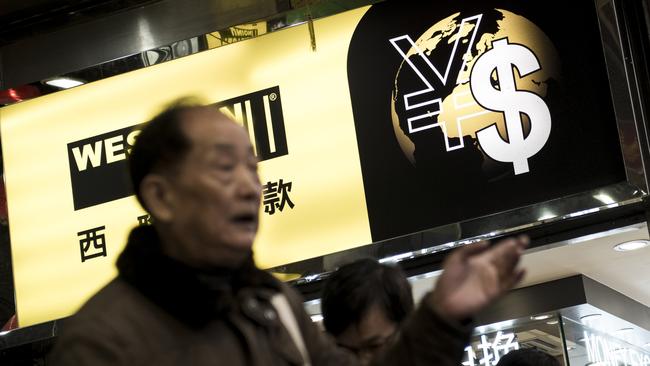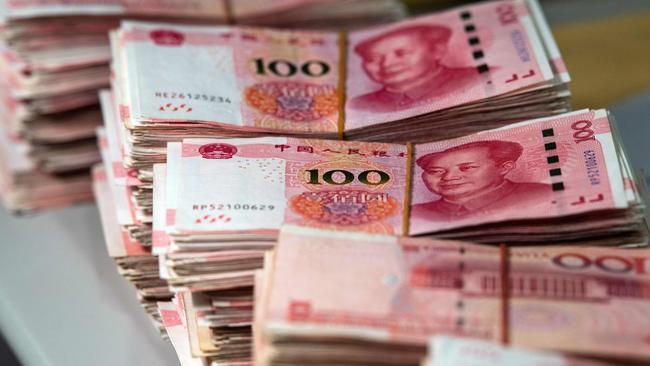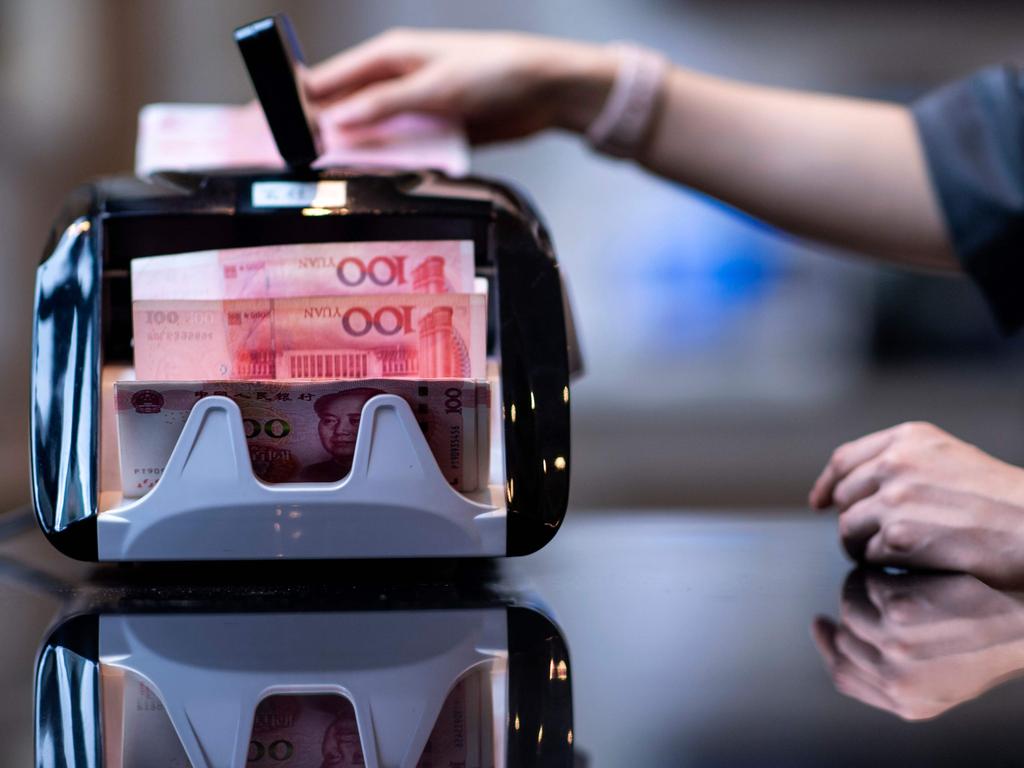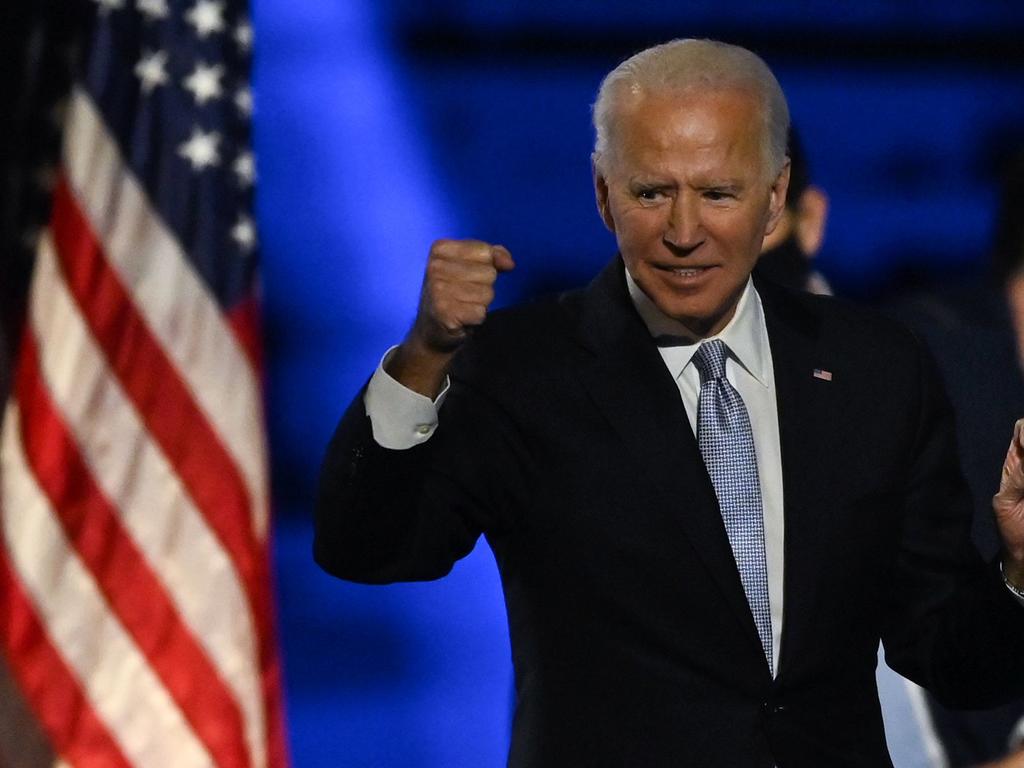China’s yuan surges on election relief
The currency hit a level not seen since June 2018.

The yuan has hit its strongest position in more than two years, as investors bet a Democratic president and a divided Congress could lead to reduced U.S.-China tensions and a weaker dollar.
On Monday trading in Hong Kong, the offshore yuan rallied about 0.54% to 6.5573 to the dollar, levels last seen in June 2018, after the Associated Press’s weekend declaration that former vice president Joe Biden had won the presidency. The dollar weakened more broadly, with the WSJ Dollar Index dropping 0.17% to 87.04, also reaching levels last hit in 2018.
“Investors think that China will get some room to breathe,” said Zhou Hao, an economist at Commerzbank in Singapore. He said while Mr. Biden might not remove all of the tariffs that President Trump had introduced on Chinese goods, further levies weren’t the president-elect’s preferred course of action.
The Trump administration has stepped up pressure on China in the past two years over trade, technology and global influence. It has introduced trade tariffs, visa bans, sanctions and other restrictions on individuals and companies. Tariffs in particular have pressured the yuan, and in August 2019 the currency broke below 7 yuan per dollar, a level authorities had previously defended.
More recently the yuan has rebounded, as China became the first major economy to return to growth after battling the pandemic, and as polls gave Mr. Biden the lead. Data Saturday showed China’s exports grew by a forecast-beating 11.4% year over year in October.
A widening yield premium on Chinese bonds versus U.S. Treasurys and other international debt has also helped suck in foreign capital. On Monday, the benchmark 10-year U.S. Treasury note was yielding 0.813% while its Chinese equivalent was at 3.23%.

UBS economist Wang Tao said a sustained economic recovery in China, a rebound in domestic consumption and stronger exports would support the yuan, although the currency would be sensitive to U.S. economic prospects and progress toward a coronavirus vaccine.
At the same time, economists say the U.S. stance on China has likely undergone a permanent shift. Ms. Wang said the overall U.S. policy stance on China will continue to be tough, and existing measures were unlikely to be lifted. “But the style would be different and Biden will build a multilateral front vis-a-vis China,” she said.
Likewise, Chi Lo, senior economist for Greater China at BNP Paribas Asset Management, said: “We won’t see pre-2016 policies anymore. Further escalations of tensions could come back, and that could hurt sentiment,” he said.
For the meantime, though, some institutions say the yuan could rally further. In a note to clients Sunday, Goldman Sachs analysts said it could trade at 6.3 to the dollar in a year’s time.
China is eager to boost international use of the yuan, and to attract more foreign money into its markets. A stable or rising yuan could help with both goals, albeit potentially at the cost of making Chinese exports less competitive.
Mansoor Mohi-uddin, chief economist at Bank of Singapore, said the changing of the guard could benefit China as well as other U.S. trading partners such as the European Union, Canada and Japan. “The market believes that a Biden administration will take a less aggressive stance on trade,” he said.
Broader pressure on the U.S. dollar could also buoy the yuan. A Republican Senate is unlikely to go along with Democrats’ most generous spending proposals to counteract the damage wrought by the pandemic. But economists say even a more modest fiscal stimulus and sustained central-bank support could both weigh on the dollar.
Mr. Mohi-uddin said the U.S. Federal Reserve could keep interest rates ultra low until 2024 or 2025, boosting the appeal of higher-yielding yuan assets.
And Paul Hsiao, an economist at PineBridge Investments, said widening current-account and fiscal deficits in the U.S. could be a medium-term drag on the dollar, especially if more stimulus was passed without offsetting tax increases.
The Wall Street Journal






To join the conversation, please log in. Don't have an account? Register
Join the conversation, you are commenting as Logout